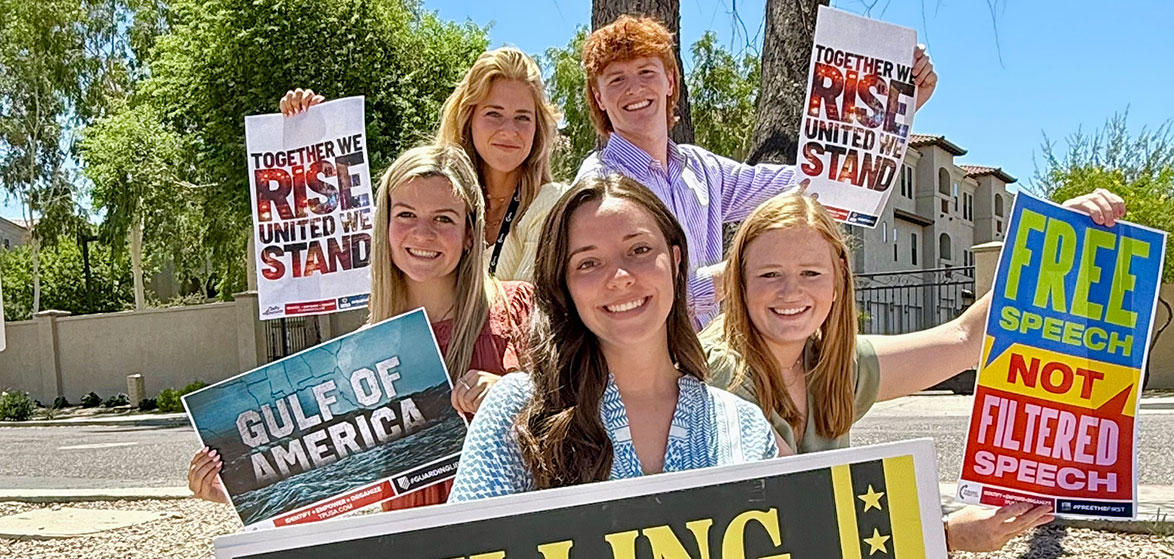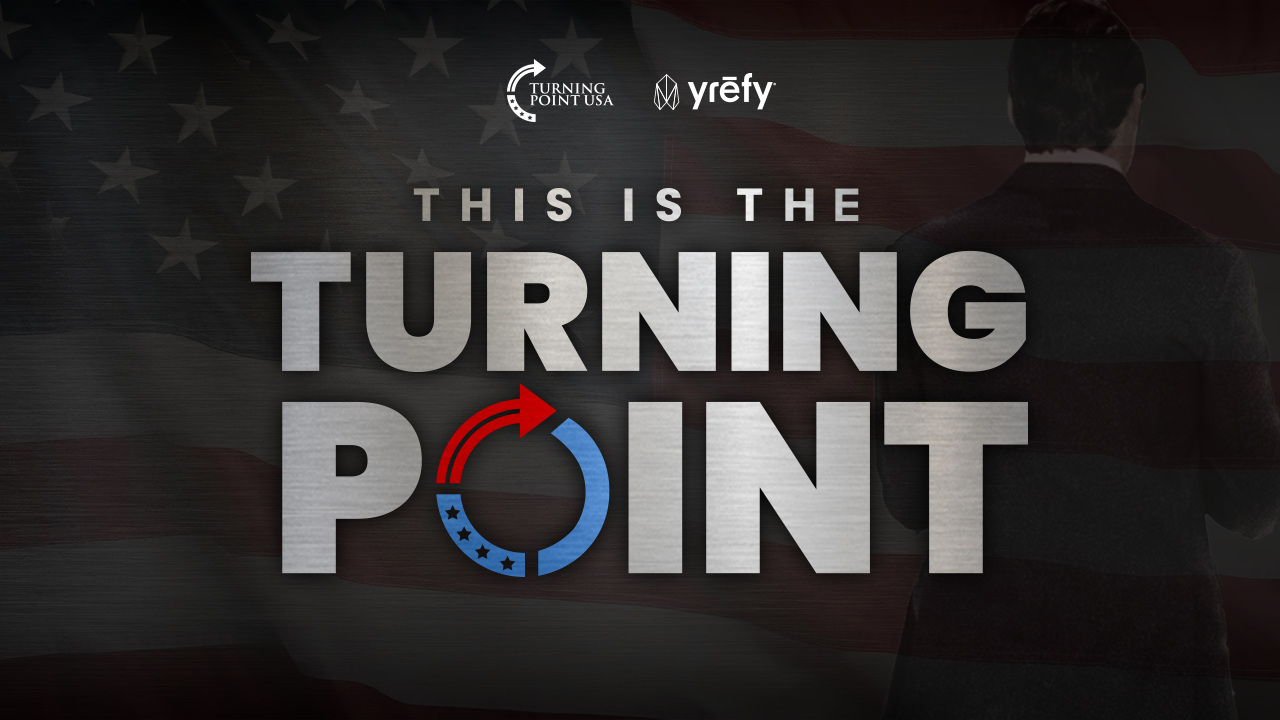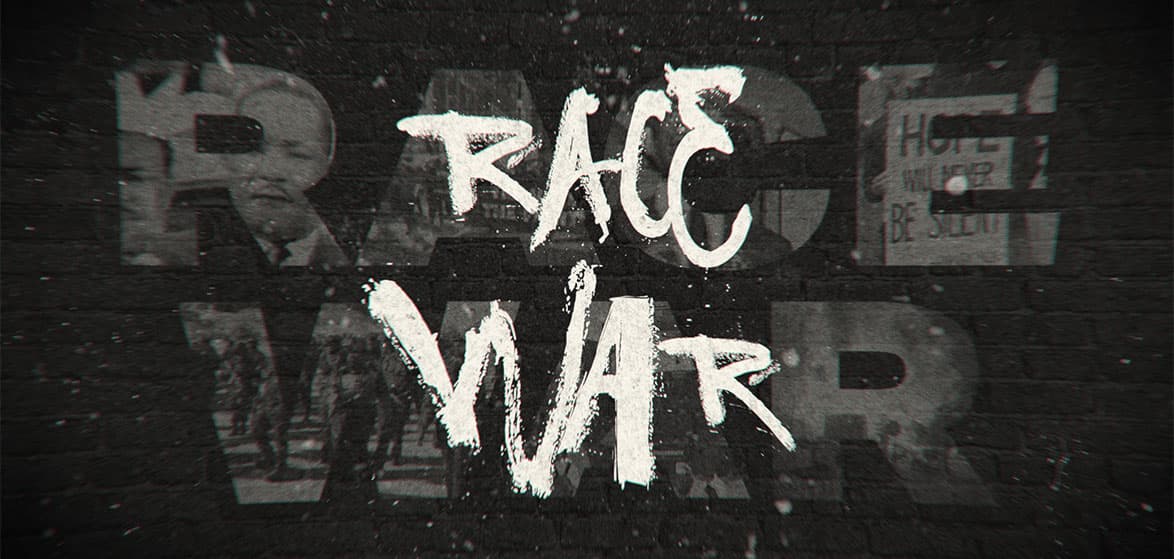
A CDC study surveyed 17,000 students across the U.S. and found that depression among adolescents is at the highest rate in a decade.
The Youth Risk Behavior Survey is conducted every two years and reported that 57 percent of teen girls have experienced feelings of sadness or hopelessness, double the rate of teen boys. While the CDC’s study did not ask participants in the survey about their political views, one left-leaning Bloomberg columnist observed that “doom and gloom” mantras are more frequently found in liberal activism.
In his article on the subject, Matthew Yglesias quotes progressive journalist (a term used loosely in this context) Taylor Lorenz, who famously feuds with conservatives on Twitter. “We’re living in a late stage capitalist hellscape during an ongoing deadly pandemic w record wealth inequality, 0 social safety net/job security, as climate change cooks the world,” she wrote. “Not to be a doomer but u have to be delusional to look at life in our country rn and have any amt of hope or optimism.”
Lorenz embodies the young, liberal, activist class, who believe the world is burning, capitalism is evil, modern feminism liberates women from patriarchal concepts like homemaking, and gender identity is a costume that can be changed in and out of at will.
Yglesias points to one paper by Catherine Gimbrone, Lisa Bates, Seth Prins, and Katherine Keyes that hypothesizes “increasing exposure to politicized events” is a possible cause for the increased rates of depression among teens.
“From 2005 to 2018, 19.8% of students identified as liberal and 18.1% identified as conservative, with little change over time. Depressive affect (DA) scores increased for all adolescents after 2010, but increases were most pronounced for female liberal adolescents.”
The politics of depression: Diverging trends in internalizing symptoms among US adolescents by political beliefs
In his analysis, Yglesias explains that though social media may play somewhat of a role, he doesn’t believe that “liberal boys are experiencing more depression than conservative girls because they are disproportionately hung up on Instagram-induced body image issues,” — and neither do I.
In fact, I think the phenomenon is much easier to understand and deal with once political ideology is taken into account. Put simply, the two largest political factions in the U.S. preach two entirely different doctrines. Liberals, for example, celebrate “pride,” and downplay the importance of traditional marriage, the nuclear family, and gender roles.
They have also become main advocates for higher education, where students are taught about racial inequalities, stigmas, Marxism, “social safety nets,” the ominous threats of climate change, modern feminist talking points (think: “self-love”), and identity-crisis-causing gender theory.
In contrast, conservatives have for decades been vocal about their support for the nuclear family, traditional marriage, self-reliance, and independence from the government. Additionally, young conservatives generally place a stronger emphasis on learning and respecting American history, while young liberals believe that America was founded on racist principles by evil white supremacist men.
Fellow TPUSA Contributor Savannah Hernandez recently interviewed several young adults who said they were scared to have children because of climate change. When asked what his thoughts on children are, one young man answered, “I pity them, I guess. That, we’re gonna be like, living in a dying world.” A female interviewee explained, “I’m like, really focused on myself and if I were to bring a child into this world, it would really just cause a lot of turmoil for me,” she also said children are a “nuisance.”
The modern feminist movement insists that women should focus on themselves and their careers, despite the fact that married women are generally happier than single women, especially as they get older.
Gender ideology plays a significant role in the disparities as well, considering one in five high school students do not identify as heterosexual, many of whom experience feelings of depression, according to Bloomberg. The LGBTQ+ social contagion that has taken over classrooms across the country is not simply about inclusion — it seeks to replace every defining characteristic of gender in society. Rather than providing solace for confused children, this ideology creates confusion. Several detransitioners have explained that transgenderism was given to them as a solution to a problem, not because that is who they truly are.
It’s all pretty self-explanatory: anyone who is constantly told in the classroom, on the news, via activist social media accounts and left-leaning algorithms, and through entertainment media that climate change will kill us all, systematic racism is rampant in the U.S, and capitalists are destroying the country for poor people is going to be depressed.














